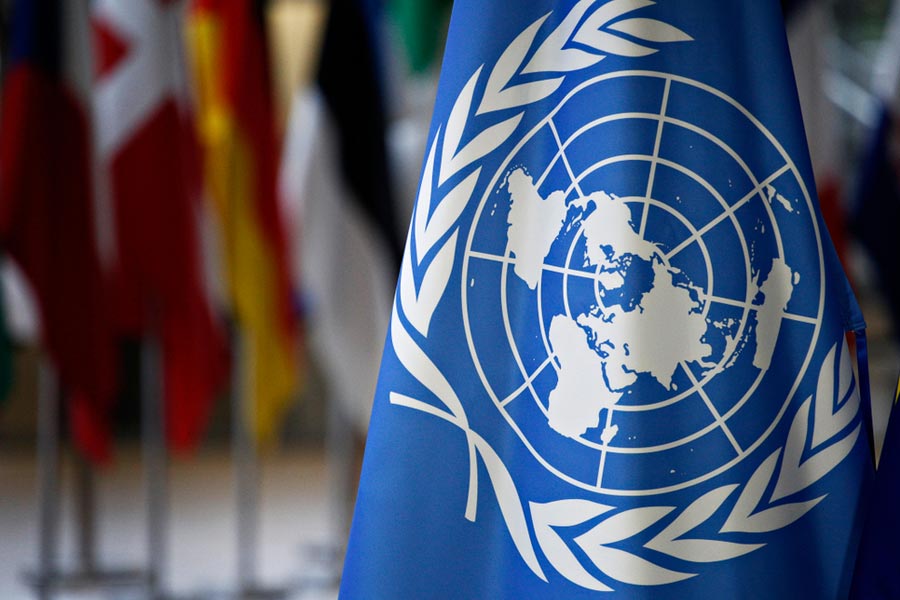New Delhi: The government is looking to hike the import duty on steel and electronics but likely to avoid any action on gold over smuggling fears in the festival season as it looks to check the country’s burgeoning current account deficit that is forecast to rise to 2.8 per cent of GDP this fiscal.
“There are always implications of the dollar and rupee exchange rates... this 10 per cent depreciation in last few weeks that is a temporary phenomenon,” S.C. Garg, economic affairs secretary, said at an industry event.
He said “very soon” the government intends to impose import curb on non-essential goods. However, he did not give any time frame.
Garg said he was confident the fiscal deficit would be maintained as set in the budget despite pressures.
“Come what may, oil situation, rupee or whatever, the fiscal deficit will not be allowed to slip from 3.3 per cent (of GDP).
“I think all the pain points, all the issues which were earlier thought of as something unknown, whether it’s the MSP (minimum support price), all these have now been factored into,” he said.
Officials said the steel ministry has proposed an increase in the duty on some items to 15 per cent from current rates ranging from 5 per cent to 12.5 per cent. Officials fear that India which used to be a net exporter of steel will turn into a net importer this financial year.
However, the duty increases will have to be calibrated as the safeguard duties the government have imposed on steel have already been challenged before the WTO by its trading partners.
Besides, higher duties are likely on non-essential items such as luxury cars, high-end mobiles, furniture, electronics as well as food items such as fruits, almonds and others.
The government is also weighing options to increase the import duty on gold as it sees the risk of a possible spike in smuggling if the import duty is too harsh.
“Indian demand is down 7 per cent over last year which itself was down over the previous year.
“There are discussions about non-essential imports, but I still believe and I hope that this does not actually in any sense hit gold this time,” World Gold Council India managing director Somasundaram P.R said.
AT AN INDUSTRY EVENT
Soumya Kanti Ghosh, chief economist of the State Bank of India, in a research report said “it is absolutely crucial to promote exports as a long term strategy as controlling imports is only a short term solution” .
“The gold import since stable (2014-15) or rather declining, the controllable area remaining is only electronics imports,” he said.
In the country’s import basket, petroleum, crude and products, electronic goods, electrical and non-electrical machinery and gold are the major components, which occupy more than 50 per cent of the share.
The share of electronic goods has increased from 8 per cent in 2014-15 to 12.3 per cent currently. The share of gold has remained almost constant at around 8 per cent.
Machinery, electrical and non-electrical share has marginally increased by one per cent to 7 per cent during the period, the SBI research report said.
FAST ACTION
Last week, finance minister Arun Jaitley announced the government’s decision to relax norms for raising overseas borrowing and impose restrictions on the non-essential imports as part of efforts to check rising current account deficit (CAD) and a falling rupee. India’s current account deficit deteriorated to 1.9 per cent of GDP in 2017-18 from 0.6 percent in the previous year.
and is forecast to rise to around 2.8 per cent in the current year.
The trade deficit expanded to $80.4 billion in the first five months of the current fiscal year from $67.3 billion in the year-earlier period.
The rupee has logged year-to-date losses of more than 13 per cent against the strengthening dollar after trade concerns and firming up crude oil prices. It has dropped close to 6 per cent since August.










